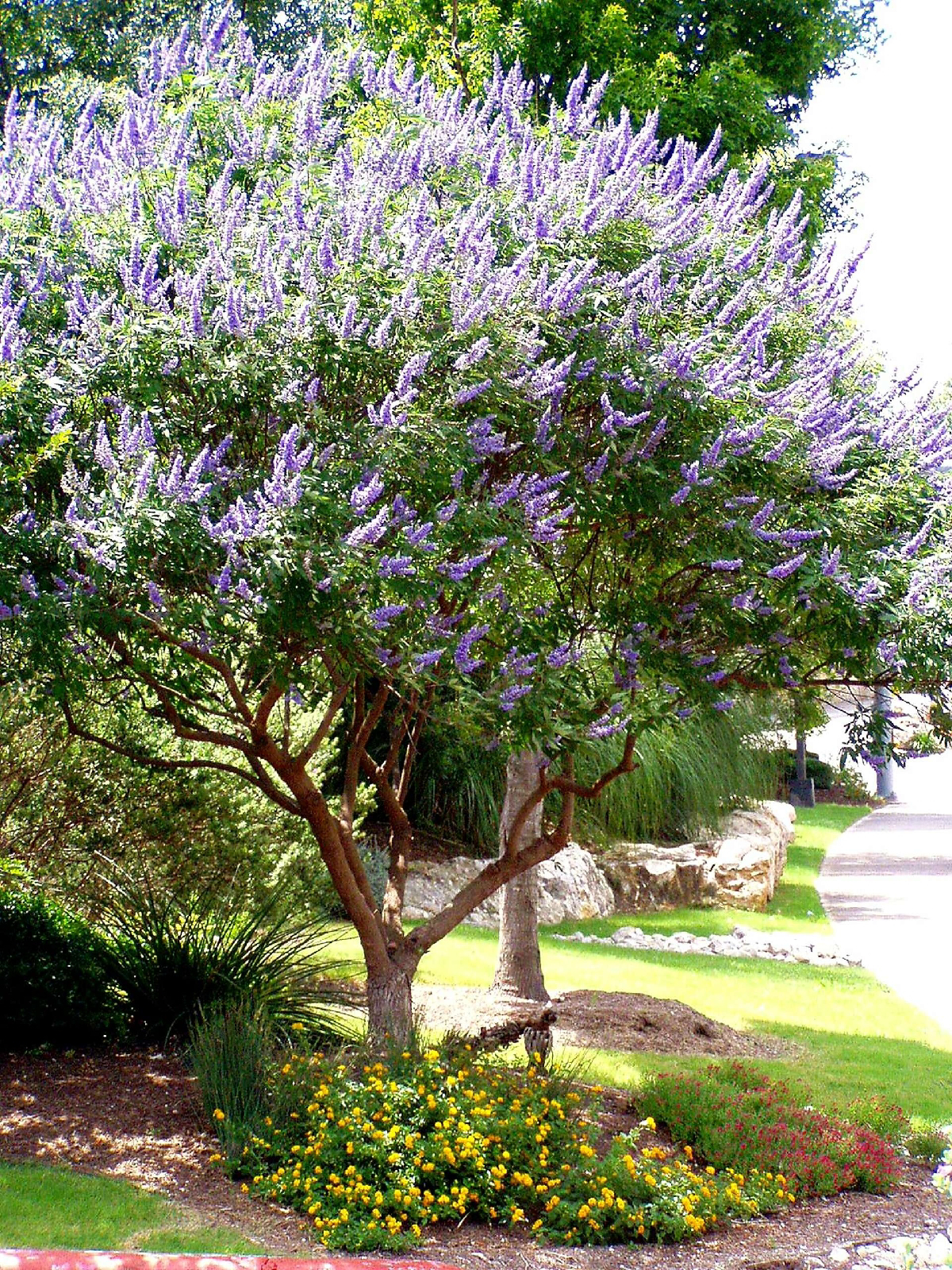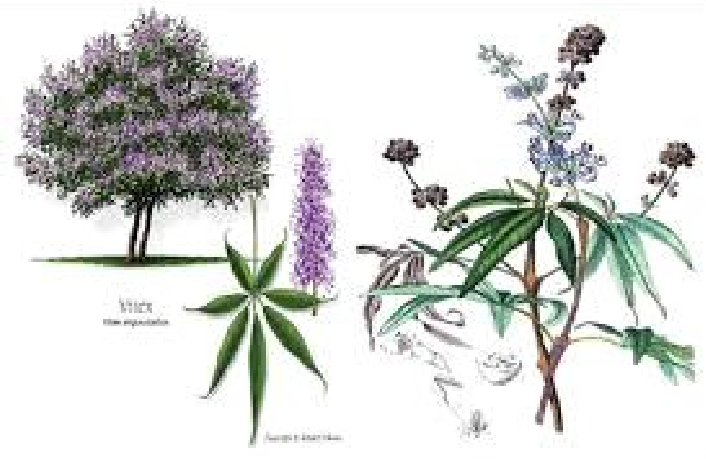If you're passionate about gardening or interested in natural remedies, the chaste tree (Vitex agnus-castus) might just become your new favorite plant. Native to the Mediterranean, Central Asia, and parts of the Middle East, this deciduous shrub or small tree offers a striking display of flowers and a rich history of medicinal use.
What is the Chaste Tree?
The chaste tree is a versatile and attractive plant that typically grows between 3 to 6 meters (10 to 20 feet) tall. Its lush, palmately compound leaves consist of five to seven lance-shaped leaflets, creating a lush canopy. During mid to late summer, it produces stunning spikes of fragrant violet-blue to purple flowers that are not only beautiful but also highly attractive to bees and butterflies—making it a wonderful addition to pollinator-friendly gardens.
After flowering, the chaste tree bears small, drupe-like fruits that turn black when ripe, adding visual interest and potential wildlife benefits.
Why Grow the Chaste Tree?
1. A Beautiful Ornamental
With its eye-catching flowers and attractive foliage, the chaste tree adds color and texture to any garden. Its flowering spikes provide a splash of violet-blue that stands out against green foliage, creating a picturesque landscape feature.
2. Supports Pollinators
The fragrant flowers attract bees and butterflies, supporting local ecosystems and promoting healthy garden biodiversity.
3. Medicinal Uses
Historically, Vitex agnus-castus has been valued for its medicinal properties. Traditional uses include treating hormonal imbalances, PMS symptoms, menopause discomfort, and acne. The plant contains phytochemicals such as flavonoids and diterpenoids, which are believed to influence hormone levels—particularly progesterone.
Note: Always consult with a healthcare professional before using herbal remedies, as the plant can interact with medications or cause side effects in some individuals.
Growing the Chaste Tree
If you're considering cultivating this remarkable plant, here are some tips to help you succeed:
Sunlight:** Prefers full sun for optimal flowering and growth.
Soil:** Tolerant of various soil types but thrives in well-drained soil.
Watering:** Needs moderate watering; once established, it becomes drought-tolerant.
Hardiness:** Suitable for USDA zones 6-9, making it adaptable to many temperate regions.
Final Thoughts
The chaste tree is more than just an ornamental shrub; it's a plant steeped in history and tradition, offering both beauty and potential health benefits. Whether you're looking to enhance your garden's visual appeal or explore herbal remedies, Vitex agnus-castus is a versatile choice worth considering.
Remember, when using any herbal supplement or plant for medicinal purposes, prioritize safety and consult professionals to ensure it's appropriate for your individual health needs.
Have you grown or used the chaste tree? Share your experiences or questions in the comments below!





No comments:
Post a Comment